Capital One 2013 Annual Report Download - page 108
Download and view the complete annual report
Please find page 108 of the 2013 Capital One annual report below. You can navigate through the pages in the report by either clicking on the pages listed below, or by using the keyword search tool below to find specific information within the annual report.-
 1
1 -
 2
2 -
 3
3 -
 4
4 -
 5
5 -
 6
6 -
 7
7 -
 8
8 -
 9
9 -
 10
10 -
 11
11 -
 12
12 -
 13
13 -
 14
14 -
 15
15 -
 16
16 -
 17
17 -
 18
18 -
 19
19 -
 20
20 -
 21
21 -
 22
22 -
 23
23 -
 24
24 -
 25
25 -
 26
26 -
 27
27 -
 28
28 -
 29
29 -
 30
30 -
 31
31 -
 32
32 -
 33
33 -
 34
34 -
 35
35 -
 36
36 -
 37
37 -
 38
38 -
 39
39 -
 40
40 -
 41
41 -
 42
42 -
 43
43 -
 44
44 -
 45
45 -
 46
46 -
 47
47 -
 48
48 -
 49
49 -
 50
50 -
 51
51 -
 52
52 -
 53
53 -
 54
54 -
 55
55 -
 56
56 -
 57
57 -
 58
58 -
 59
59 -
 60
60 -
 61
61 -
 62
62 -
 63
63 -
 64
64 -
 65
65 -
 66
66 -
 67
67 -
 68
68 -
 69
69 -
 70
70 -
 71
71 -
 72
72 -
 73
73 -
 74
74 -
 75
75 -
 76
76 -
 77
77 -
 78
78 -
 79
79 -
 80
80 -
 81
81 -
 82
82 -
 83
83 -
 84
84 -
 85
85 -
 86
86 -
 87
87 -
 88
88 -
 89
89 -
 90
90 -
 91
91 -
 92
92 -
 93
93 -
 94
94 -
 95
95 -
 96
96 -
 97
97 -
 98
98 -
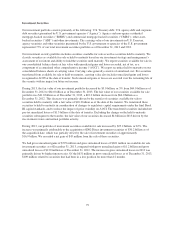 99
99 -
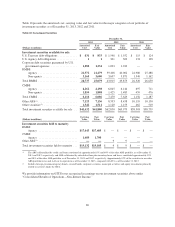 100
100 -
 101
101 -
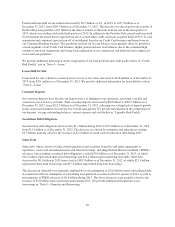 102
102 -
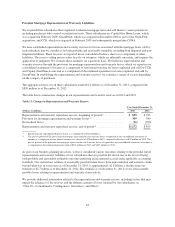 103
103 -
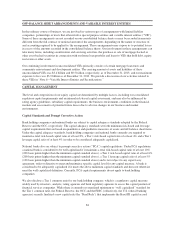 104
104 -
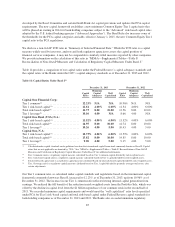 105
105 -
 106
106 -
 107
107 -
 108
108 -
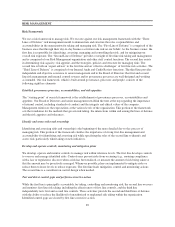 109
109 -
 110
110 -
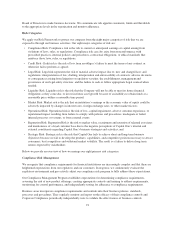 111
111 -
 112
112 -
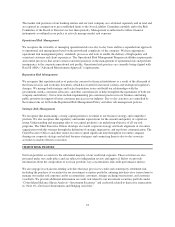 113
113 -
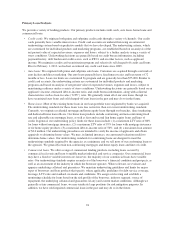 114
114 -
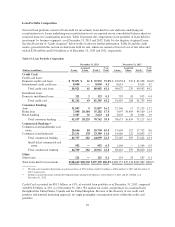 115
115 -
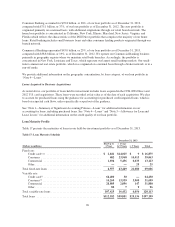 116
116 -
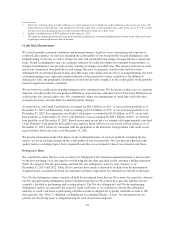 117
117 -
 118
118 -
 119
119 -
 120
120 -
 121
121 -
 122
122 -
 123
123 -
 124
124 -
 125
125 -
 126
126 -
 127
127 -
 128
128 -
 129
129 -
 130
130 -
 131
131 -
 132
132 -
 133
133 -
 134
134 -
 135
135 -
 136
136 -
 137
137 -
 138
138 -
 139
139 -
 140
140 -
 141
141 -
 142
142 -
 143
143 -
 144
144 -
 145
145 -
 146
146 -
 147
147 -
 148
148 -
 149
149 -
 150
150 -
 151
151 -
 152
152 -
 153
153 -
 154
154 -
 155
155 -
 156
156 -
 157
157 -
 158
158 -
 159
159 -
 160
160 -
 161
161 -
 162
162 -
 163
163 -
 164
164 -
 165
165 -
 166
166 -
 167
167 -
 168
168 -
 169
169 -
 170
170 -
 171
171 -
 172
172 -
 173
173 -
 174
174 -
 175
175 -
 176
176 -
 177
177 -
 178
178 -
 179
179 -
 180
180 -
 181
181 -
 182
182 -
 183
183 -
 184
184 -
 185
185 -
 186
186 -
 187
187 -
 188
188 -
 189
189 -
 190
190 -
 191
191 -
 192
192 -
 193
193 -
 194
194 -
 195
195 -
 196
196 -
 197
197 -
 198
198 -
 199
199 -
 200
200 -
 201
201 -
 202
202 -
 203
203 -
 204
204 -
 205
205 -
 206
206 -
 207
207 -
 208
208 -
 209
209 -
 210
210 -
 211
211 -
 212
212 -
 213
213 -
 214
214 -
 215
215 -
 216
216 -
 217
217 -
 218
218 -
 219
219 -
 220
220 -
 221
221 -
 222
222 -
 223
223 -
 224
224 -
 225
225 -
 226
226 -
 227
227 -
 228
228 -
 229
229 -
 230
230 -
 231
231 -
 232
232 -
 233
233 -
 234
234 -
 235
235 -
 236
236 -
 237
237 -
 238
238 -
 239
239 -
 240
240 -
 241
241 -
 242
242 -
 243
243 -
 244
244 -
 245
245 -
 246
246 -
 247
247 -
 248
248 -
 249
249 -
 250
250 -
 251
251 -
 252
252 -
 253
253 -
 254
254 -
 255
255 -
 256
256 -
 257
257 -
 258
258 -
 259
259 -
 260
260 -
 261
261 -
 262
262 -
 263
263 -
 264
264 -
 265
265 -
 266
266 -
 267
267 -
 268
268 -
 269
269 -
 270
270 -
 271
271 -
 272
272 -
 273
273 -
 274
274 -
 275
275 -
 276
276 -
 277
277 -
 278
278 -
 279
279 -
 280
280 -
 281
281 -
 282
282 -
 283
283 -
 284
284 -
 285
285 -
 286
286 -
 287
287 -
 288
288 -
 289
289 -
 290
290 -
 291
291 -
 292
292 -
 293
293 -
 294
294 -
 295
295 -
 296
296 -
 297
297 -
 298
298 -
 299
299 -
 300
300 -
 301
301 -
 302
302
 |
 |
III Standardized capital ratios. In November 2013, the Federal Reserve issued supervisory economic stress
scenarios for the 2014 CCAR cycle. We submitted our 2014 capital plan to the Federal Reserve on January 6,
2014. Any proposed capital actions for the second quarter of 2014 through the first quarter of 2015 must be
approved as part of the 2014 CCAR cycle.
We consider various factors in the management of capital, including the impact of stress on our capital position,
as determined by both our internal modeling and Federal Reserve modeling of our capital position in CCAR. In
the 2013 stress test cycle, including CCAR, there was a large difference between our estimates of our capital
levels under stress and the Federal Reserve’s estimates of our capital levels under stress. In the 2014 stress test
cycle, including CCAR, the difference could be larger because, in addition to using its own assumptions in
modeling credit losses and pre-provision net revenue, the Federal Reserve will use its own assumptions in
modeling balance sheet size and composition. This modeling creates additional differences between our internal
models and those of the Federal Reserve in the estimation of both credit losses and pre-provision net revenue.
Therefore, although our estimated capital levels under stress suggest that we have substantial capacity to return
capital to shareholders and remain well capitalized under stress, it is possible that the Federal Reserve’s modeling
may result in a materially lower capacity to return capital to shareholders than our estimates.
Dividend Policy and Stock Purchases
We paid common stock dividends of $0.05 per share in the first quarter, and $0.30 per share in the second, third
and fourth quarter in 2013. We paid preferred stock dividends of $15.00 per share on the outstanding shares of
our 6.00% fixed rate non-cumulative perpetual preferred stock, Series B (the “Series B Preferred Stock”) in each
of the four quarters in 2013. On January 29, 2014, our Board of Directors declared a quarterly dividend of $0.30
per share, payable February 21, 2014 to stockholders of record as of February 10, 2014, and a quarterly dividend
of $15.00 per share of Series B Preferred Stock. Each outstanding share of the Series B Preferred Stock is
represented by depositary shares, each representing a 1/40th interest in a share of Series B Preferred Stock. The
dividend of $15.00 per share (equivalent to $0.375 per outstanding depository share) will be paid on March 3,
2014 to stockholders of record at the close of business on February 14, 2014.
The declaration and payment of dividends to our stockholders, as well as the amount thereof, are subject to the
discretion of our Board of Directors and depend upon our results of operations, financial condition, capital levels,
cash requirements, future prospects and other factors deemed relevant by the Board of Directors. As a bank
holding company, our ability to pay dividends is largely dependent upon the receipt of dividends or other
payments from our subsidiaries. Regulatory restrictions exist that limit the ability of the Banks to transfer funds
to our bank holding company. Funds available for dividend payments from COBNA and CONA were $2.3
billion and $127 million, respectively, as of December 31, 2013.
There can be no assurance that we will declare and pay any dividends. For additional information on dividends,
see “Part I—Item 1. Business—Supervision and Regulation—Dividends, Stock Purchases and Transfer of
Funds”.
In the third quarter, we began executing the 2013 Stock Repurchase Program and we completed the 2013 Stock
Repurchase Program in the fourth quarter.
88
